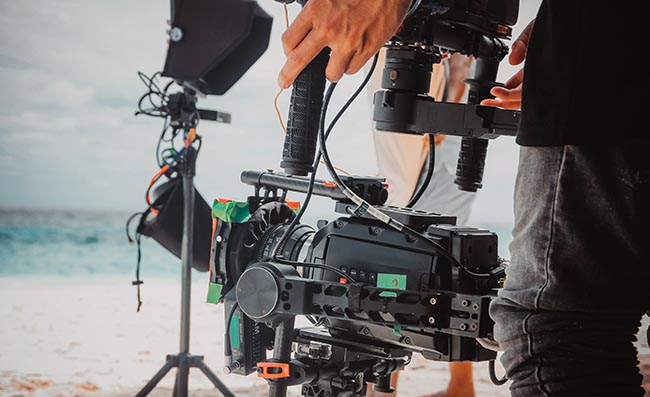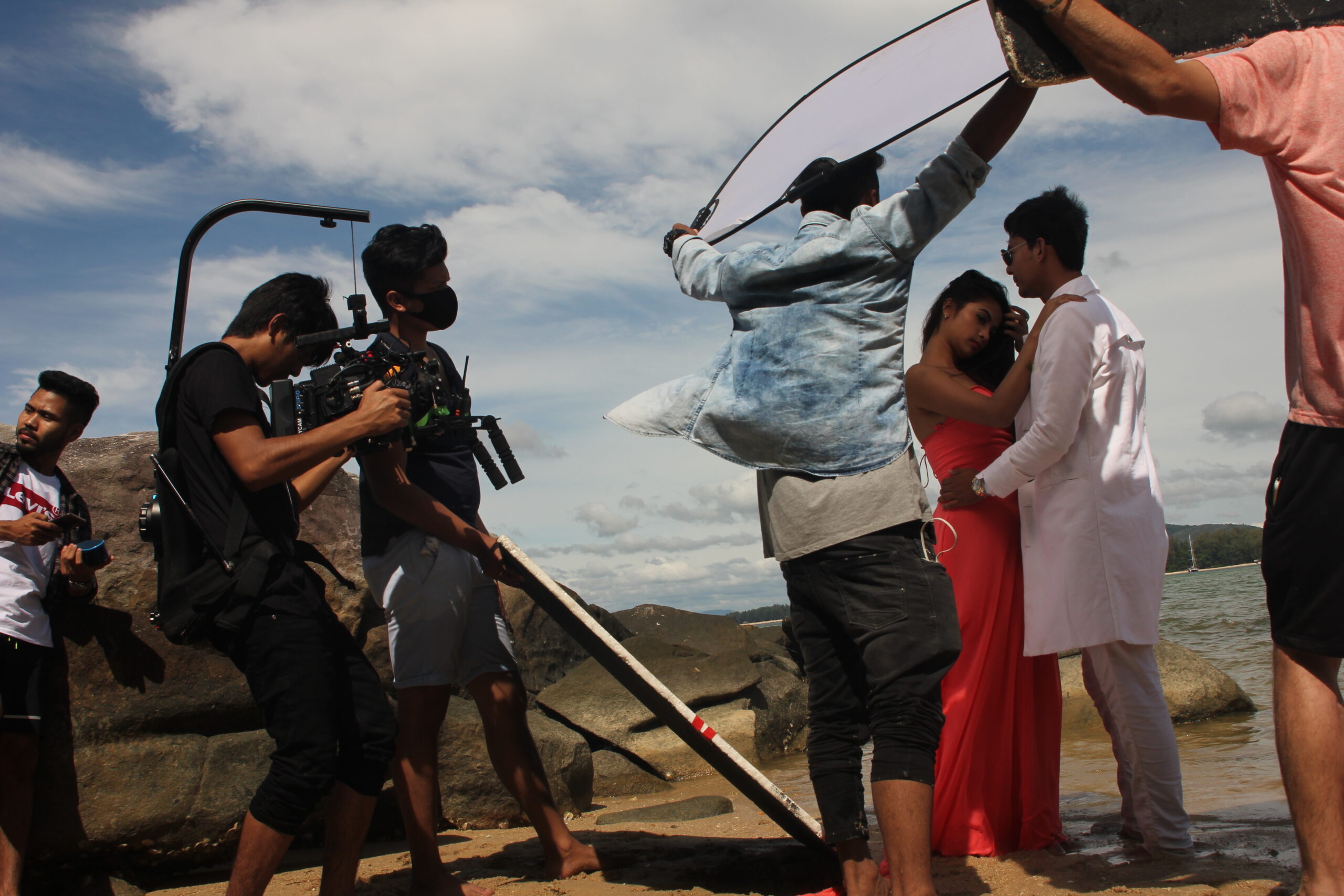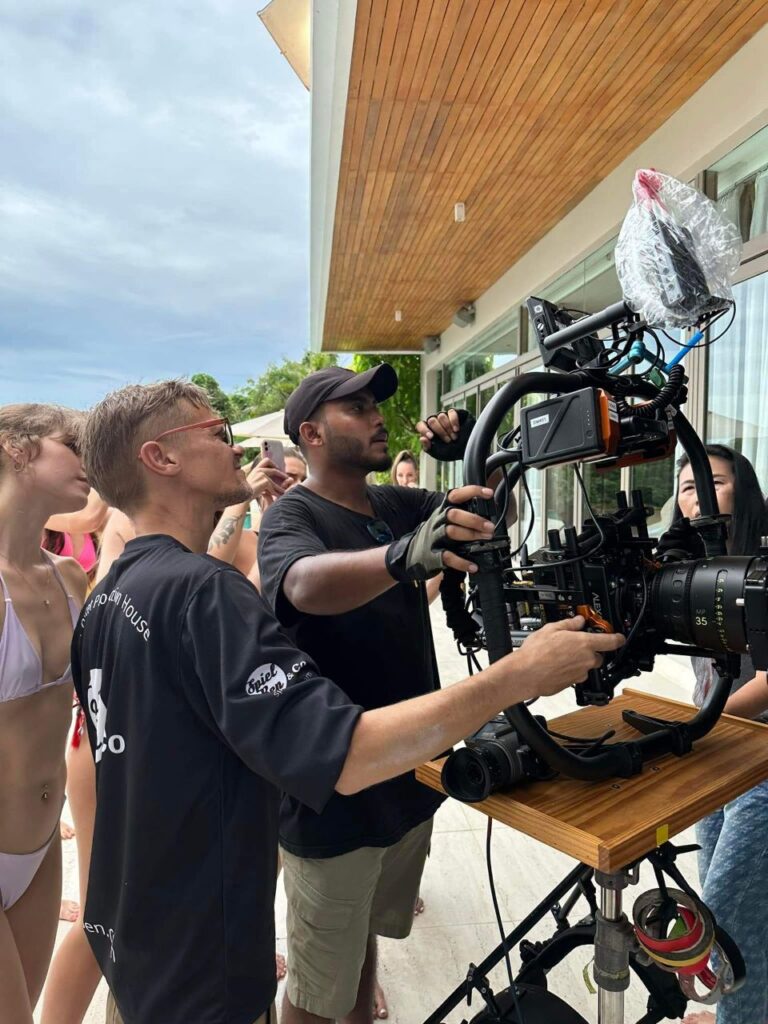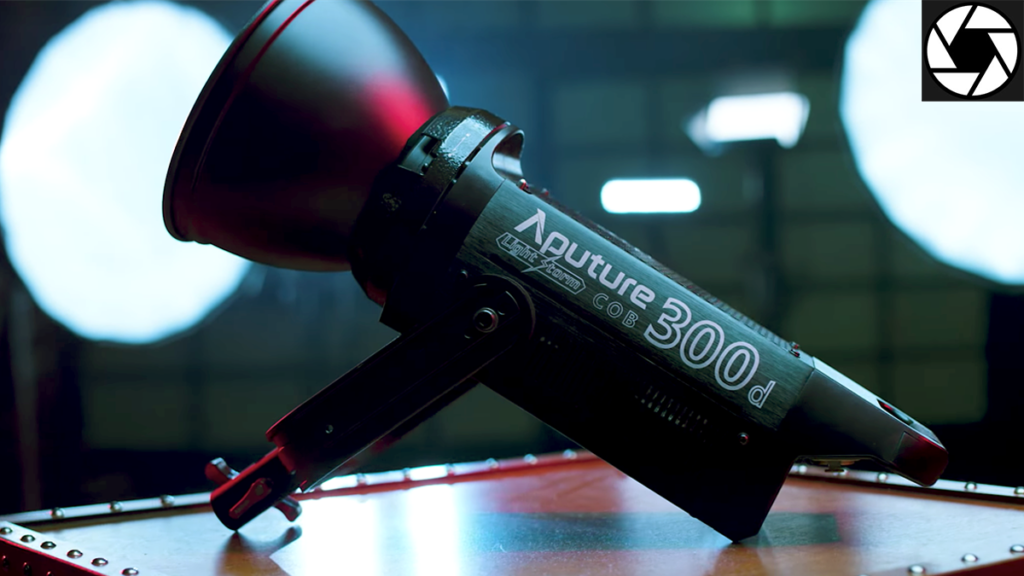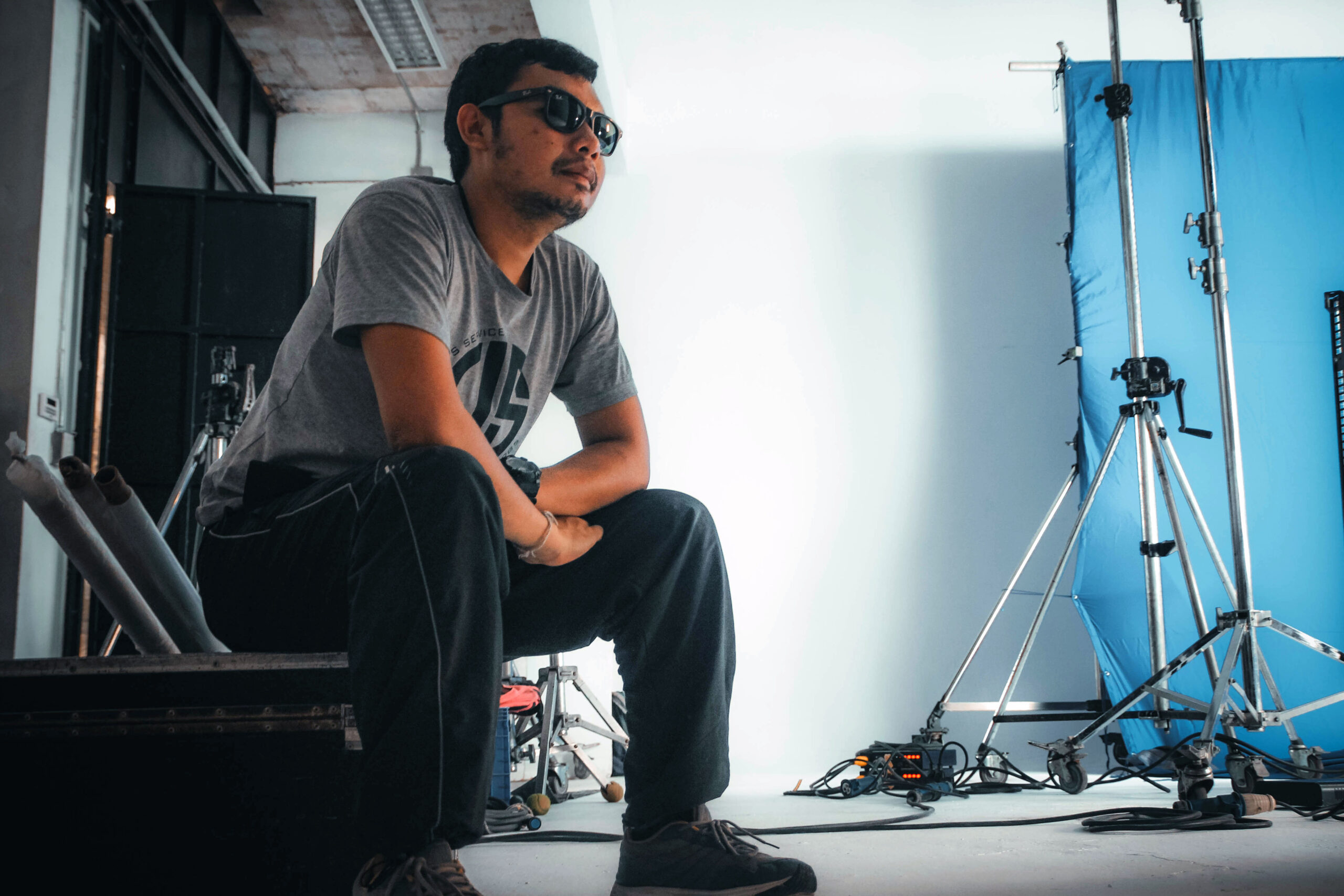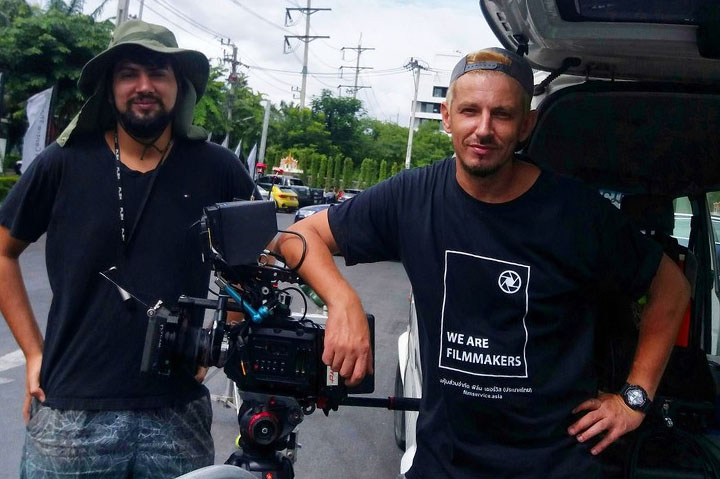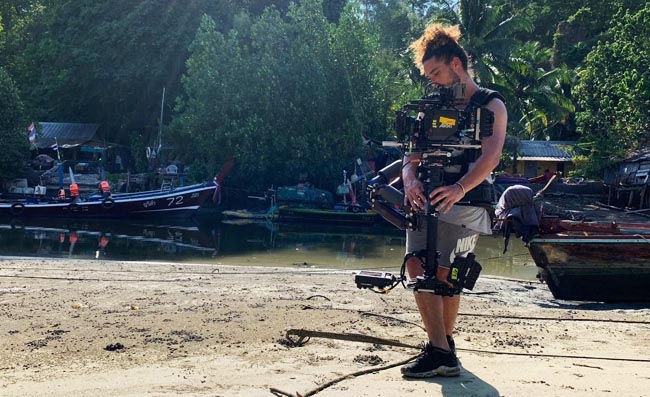Historically, first digital controlled gimbals for camera stabilization was released near 2012-13th, like MoVI from FreeFly realized near 2013 and it was most media promoted and worldwide available to preorder gimbal. The basic concept of the design was to take the technology used in the gimbals from remote controlled drones and simply make it a device that you could hold, pass off to someone else in the middle of a shot, go from foot to head, through a window or whatever your heart desired. The computer technology installed would automatically move the camera to compensate for the motion of the operator, keeping the footage smooth. At the time MoVI was heralded as a “game-changer”; no longer would indy filmmakers be stuck with shaky handheld footage or forced to pay the high cost of hiring a steadicam op or buying a rig themselves and spending years to master the craft. It’s a steadicam, dolly, slider, crane… all in one. Then in few years chinees have released their own versions (most notably DJI’s Ronin) the prices gone down, and these gimbals have been used on lots of productions.
Let’s look a bit closer at the pros and cons of the gimbals and see if we can answer these questions.


Benefits
Unlike a steadicam, the gimbal is completely free from any support. The operator can hold the device at floor level and lift it up to eye level or higher in the same shot. Additionally, it can be handed off to someone through a window or over a table, etc. Likewise, it fits better in tight situations like a car. Gimbals are really easie to use, they controlled by computers and their makers claim, just about any camera op can pick one up and begin using it will little training and get great results. About steadicam operator – it take months to learn and years to master. To have a device that can work “right out of the box” would truly be a blessing for operators that have yet had the chance to learn steadicam. About pricing – when the Movi first arrived it had a steep price around $10-15k, but now you can get MOVI Pro for $5.999 or DJI Ronin for $6500 or the lighter weight Ronin S for $1,000. Compare that to the price of a full steadicam set up that will range anywhere between $10,000 to $50,000.Limits
There few points to this that make the gimbals less desirable for many uses. It’s not really as easy to start using right away “run-and-gun” as the developers of gimbals claim. If you think that you can grab the gimbal and run out with it, think again. For optimal results, you’ll need to hire an MOVI Operator that knows what he’s doing… and of course, that means money.If you’re using a camera anywhere near the weight capacity, you will be severely limited in how long you can support it. The rigs themselves weigh 4kg for the Movi and a whopping 7.5kg for the larger Ronin2.
Add to that even a 10kg camera build accessories and you’re having to hold near 15 kilo with just your own arm strength. That’s quite a load to hold while walking, going upstairs or dare I say running. The beauty of the steadicam is that although the rig itself weighs more, with the arm and vest, the weight is distributed throughout your body thus allowing you to operate for longer periods of time. Possibly the biggest drawback to these gimbals is that they are incapable of supporting a full-size cinema camera set up. Now, if you are using a DSLR, or a stripped-down RED with small lenses you’ll do fine with the gimbals, but you’d like to use an Alexa SXT of LF or put anamorphic lenses on your camera you’ll have a tough time. Besides weight, the 3-axis gimbals have size restrictions, limiting the camera setups.

Footages
At the end of the day, are you getting footage that looks good? Honestly, the most part the footage from the gimbals looks pretty good. Certain elements do stand out though. With many pan movements you can certainly tell that the gimbals are controlled by a computer; the software sometimes over compensates or does minor jittering. As opposed to a steadicam, where everything is manual and controlled by the human hand of the operator, the movement feels more organic. Additionally, with the arm and vest of the steadicam, the up and down movement of the operator’s footsteps are dampened, resulting in real smooth footage while walking or running.Reliability and Setup Time
Although the makers of the gimbals claim that it it takes just minutes to get them up and running, you’re dealing with complicated software that is controlled by bluetooth on your phone and it’s far from perfect. Whether it’s because the camera doesn’t quite fit or the system is having trouble calibrating, numerous things can go wrong costing you precious time on set. Even a simple lens change means that the system has to recalibrate. Compare that to the Steadicam system, where a good op can have any camera setup balanced and ready to go in under 20 minutes every time. Since most everything on the rig is physics not computers, there is a much smaller chance of something going wrong. And small changes, like a lens swap or matte box can be adjusted on the fly.
Resume
Are you a DP yourself and looking to add to what you can offer? Either option would be good for that, depending on the cameras you primarily use. Do you work for other DP’s? Ask them what they would like to hire you for.If you’re looking to become an operator yourself and wondering if you should buy a gimbal or steadicam, we would recommend that you try them both. Most popular versions are available for daily rent in our storage, please follow the link:
https://rental.filmservice.asia/product-category/steadycam-easyrig-movi-ronin-thailand/
BTW, even if you not ready to pay, you can get free technical consultation about any kind of our equipment.
We hope that we had clear up some points for you to think about when considering whether to hire a steadicam or gimbal operator, or what kind of gear you’d like to invest in.

